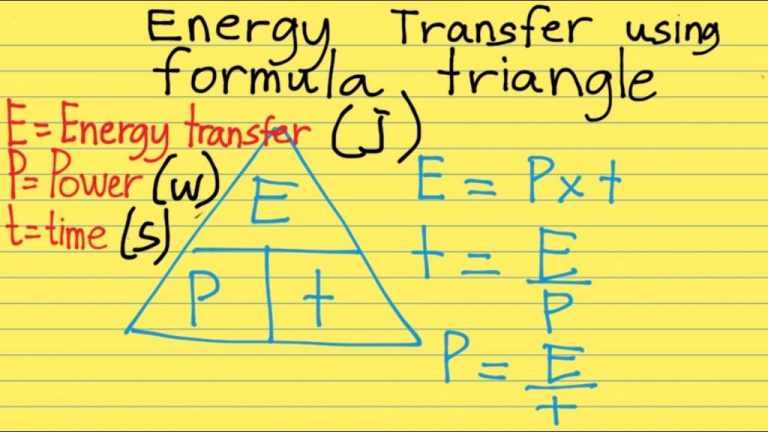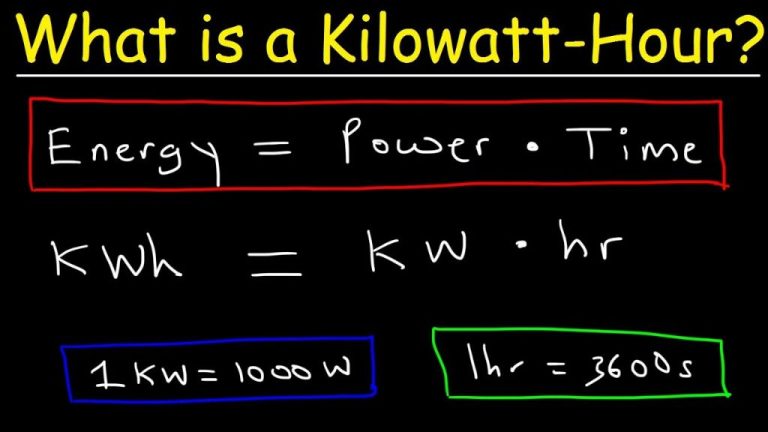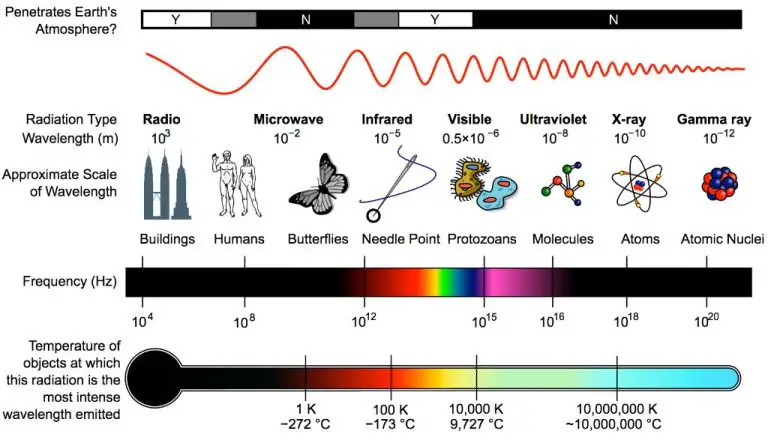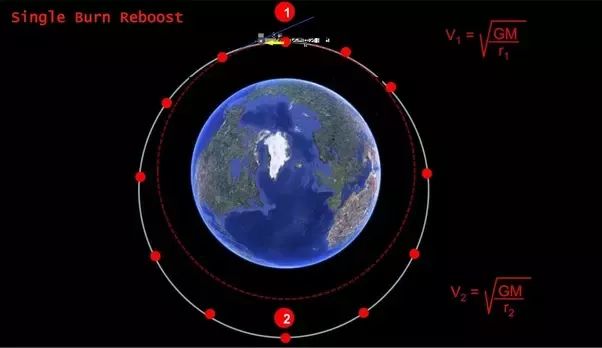What Are Some Problems With Using Renewables?
Intermittency
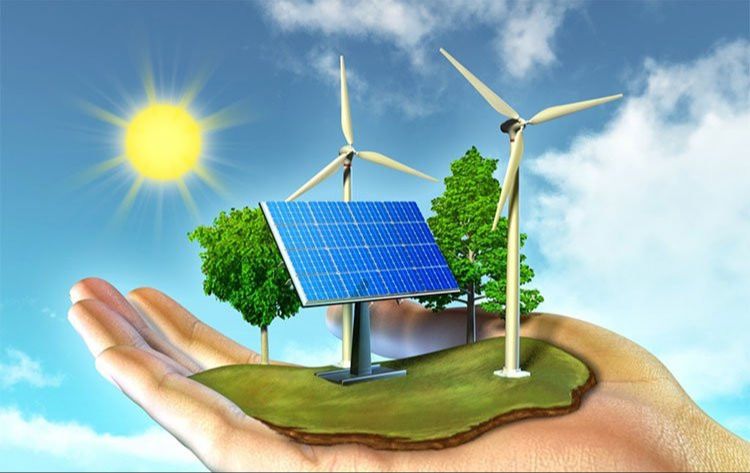
One of the main problems with using renewables like solar and wind power is their inherent intermittency, meaning their energy generation can fluctuate widely based on weather and time of day (Renewable Energy Intermittency Explained: Challenges, Solutions and Opportunities). Unlike traditional fossil fuel plants which can provide consistent baseline power 24/7, solar only generates energy during daylight hours, and wind turbines rely on sufficient wind speeds to spin (What is “Intermittency” in Renewable Energy?). This variability and unpredictability in renewable generation makes balancing electricity supply and demand more challenging for grid operators.
Studies show the output from solar and wind can regularly deviate from forecasts by 10-20%, and rapid changes in renewable generation throughout the day require grid operators to continuously ramp up and down other energy sources like natural gas to compensate for these fluctuations (The Intermittency Challenge with Solar and Wind Is Not Going Away). This intermittency issue is not going away as more solar and wind farms come online, and may in fact become more problematic at higher renewable penetrations unless suitable storage solutions are implemented.
Storage
One of the biggest challenges with renewable energy sources like wind and solar is that they produce intermittent power that does not always align with when energy is needed. This necessitates storing the energy for later use. However, storing large amounts of energy from renewables can be difficult and expensive to implement at scale (Source 1).
According to the U.S. Government Accountability Office, technologies like batteries, compressed air, hydrogen, and pumped storage hydro have potential to enable storage solutions, but each come with drawbacks related to cost, geographic applicability, technical maturity, or environmental impacts that limit adoption (Source 2). There is also a lack of standardization across different energy storage manufacturers and systems that creates challenges (Source 3).
In summary, while some promising energy storage solutions exist to capture renewable output, implementing them affordably at large scale remains an obstacle.
Transmission
Renewables often require new transmission infrastructure to connect generation to load centers. However, transmission projects face numerous hurdles including permitting, siting, and cost recovery issues. For example, according to a recent Canary Media report, permitting delays and lack of transmission lines have hampered renewable energy growth in the US (source). Building long-distance, high-voltage transmission lines across multiple jurisdictions raises complex legal and regulatory issues. Vanderbilt Law Review notes interstate coordination challenges, with transmission planning done on a local or regional basis (source). The Department of Energy also highlights lengthy queues for interconnecting to the grid, further restricting renewables (source). Upgrading transmission will be critical to enable greater renewable penetration while maintaining reliability.
Land Use
Installing utility-scale renewable energy plants requires much more land area than fossil fuel power stations. For example, a 2021 study in The Journal Nature found that solar and wind farms require on average 2.4 to 5.5 times more land, respectively, per unit of power produced than fossil fuels (Nature, 2021). The land use requirements of solar photovoltaic plants are estimated to be 1.2–1.9 km2 per MW capacity, compared to about 0.13 km2 per MW capacity for a typical coal plant (Nature, 2021). The same study predicted that under a 100% renewable energy scenario in the future, solar and wind farms could end up occupying over 3% of land across the globe.
According to research published by the Brookings Institute, wind and solar generation require at least 10 times as much land per unit of power produced than coal- or natural gas-fired power plants, including land disturbed for mining and exploration (Brookings, 2019). The large land requirements have already led to local opposition over siting and permitting in some regions.
Wildlife Impact
Renewable energy infrastructure such as wind turbines and solar panels can negatively impact wildlife habitats and biodiversity. Large solar and wind farms require significant land areas which can fragment or eliminate habitats critical for threatened species.
According to the National Wildlife Federation, while renewable energy is beneficial for mitigating climate change, it must be properly sited to minimize the impact on wildlife. Renewable projects can disrupt habitats, cause injury or mortality to wildlife, and drive away species from their native environments (https://www.nwf.org/Our-Work/Climate/Climate-Change/Renewable-Energy).
For example, wind turbines pose a collision risk for birds and bats, while solar projects in the desert can impact threatened desert tortoises. Proper siting, technology improvements, and mitigation strategies are necessary to reduce the impacts to wildlife.
Reliability
The variability of renewables like wind and solar affects grid reliability. Unlike traditional baseload power plants that provide consistent power, renewables only generate electricity when the wind blows or sun shines. This intermittency can put stress on the grid and make it more difficult to match supply with demand (Source1).
However, recent advances in forecasting, grid management, and energy storage are enabling higher penetrations of renewables while maintaining reliability. With the right policies, market structures, and technologies, it is possible to transition to a carbon-free grid that is also resilient and reliable (Source2). Strategic planning and investments will be needed to address challenges and maximize the reliability benefits of renewable energy.
Cost
Despite rapidly falling prices, renewable energy sources like solar and wind remain more expensive than fossil fuels like coal and natural gas in many contexts. According to a 2022 report from the International Renewable Energy Agency (IRENA), renewable energy is cost competitive with fossil fuels when accounting for high and volatile fossil fuel prices. However, on an unsubsidized basis, renewables require high upfront capital costs and have a lower capacity factor than fossil fuel plants, leading to a higher levelized cost of energy in some markets.
The levelized cost of electricity for utility-scale solar PV fell 82% between 2010 and 2019, according to an analysis by the International Energy Agency (IEA). However, it remains more expensive than natural gas and coal in many locations. The IEA finds the global weighted average levelized cost for solar PV in 2019 was around $68 per MWh, compared to $53 for gas and $51 for coal.
Achieving renewable energy targets will require trillions in investment and government support. The costs of integrating high levels of variable renewables also increases system costs. While renewable costs have fallen rapidly, ongoing subsidies and integration costs mean renewables remain more expensive than fossil fuels in many contexts despite environmental advantages.
Aesthetics
Some people argue against deploying renewables like wind and solar farms because they view the facilities as unattractive or an “eyesore.” Large-scale wind and solar projects require significant land areas which can impact views and disrupt natural scenery that residents or tourists value. One study found people perceive solar and wind facilities as “ugly” and this aesthetic effect reduces local support for renewable projects. For example, some find the metal towers and spinning blades of wind turbines to be visually unappealing, especially in contrast to natural settings. Similarly, the shiny metal and glass of large solar farms can seem industrial and out of place in a rural landscape. There are active debates around the aesthetic impacts of renewables and how it might limit their deployment. Some argue beauty is subjective and facilities should be optimized for efficiency not appearance. Others say incorporating aesthetic design considerations can build public acceptance while still capturing renewable potential.
Materials Sourcing
Renewable technologies like solar panels, wind turbines, and batteries require significant amounts of rare earth metals and minerals. For example, solar panels need silicon, silver, and copper, while batteries for energy storage require lithium and cobalt. Sourcing these materials is a major concern as demand rises. According to one report, the battery supply chain alone requires over 50 different metals (Source). Many key minerals are geographically concentrated in places like China and the Democratic Republic of Congo, posing supply risks. Mining these materials also raises environmental and social issues. The renewable energy industry faces challenges securing stable long-term supplies of key materials at reasonable prices without detrimental impacts.
Policy Support
Renewable energy sources like solar and wind power often require substantial government subsidies and incentives in order to be cost-competitive with conventional power generation from fossil fuels (1). While costs for renewables have declined significantly in recent years, they are still generally more expensive per unit of electricity generated compared to coal, natural gas, or nuclear power plants. Renewables depend heavily on governmental subsidies like tax credits, grants, and other incentives to drive adoption, overcome high initial capital costs, and accelerate cost reductions through economies of scale. There is always a risk that government policies will change and threaten the economics of renewable energy investments. For example, the expiration or reduction of tax credits for wind and solar has previously led to marked slowdowns in new capacity additions as developers scrambled to complete projects before credits phased out (2). Policy instability creates uncertainty for renewable energy developers, manufacturers, and investors. Sustained government commitment and consistent policy support is vital for renewables to continue growth and improve competitiveness until they can stand on their own economically. The long-term success of renewable energy likely depends heavily on continued government incentives and regulations that encourage adoption. Without stable government policy frameworks, renewables may struggle to realize their full potential.


